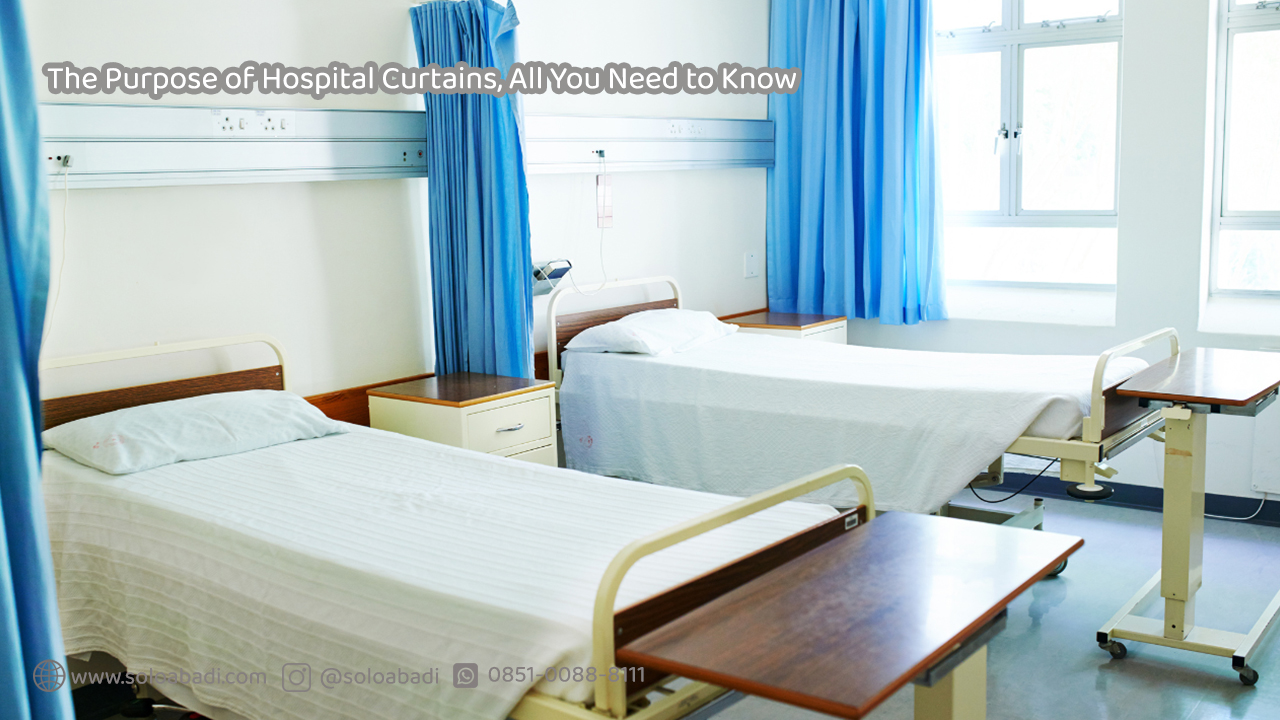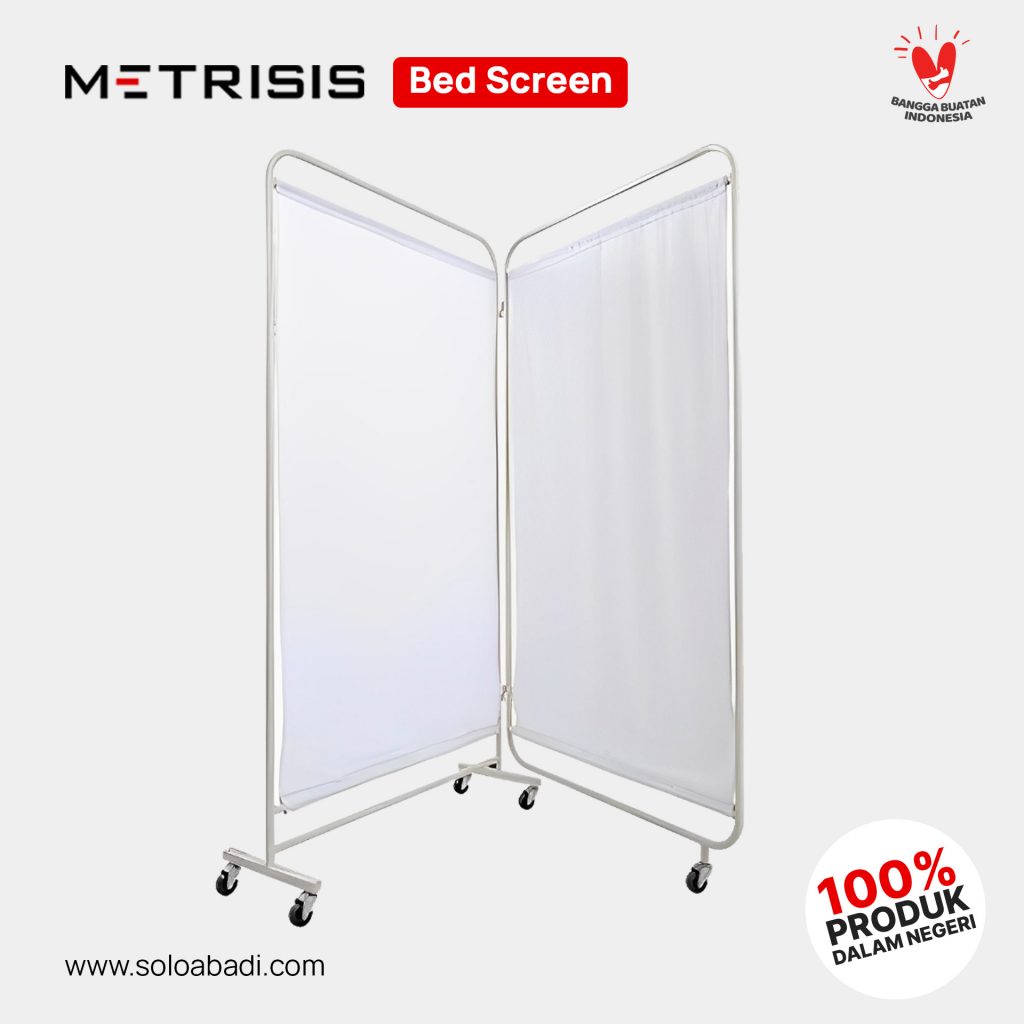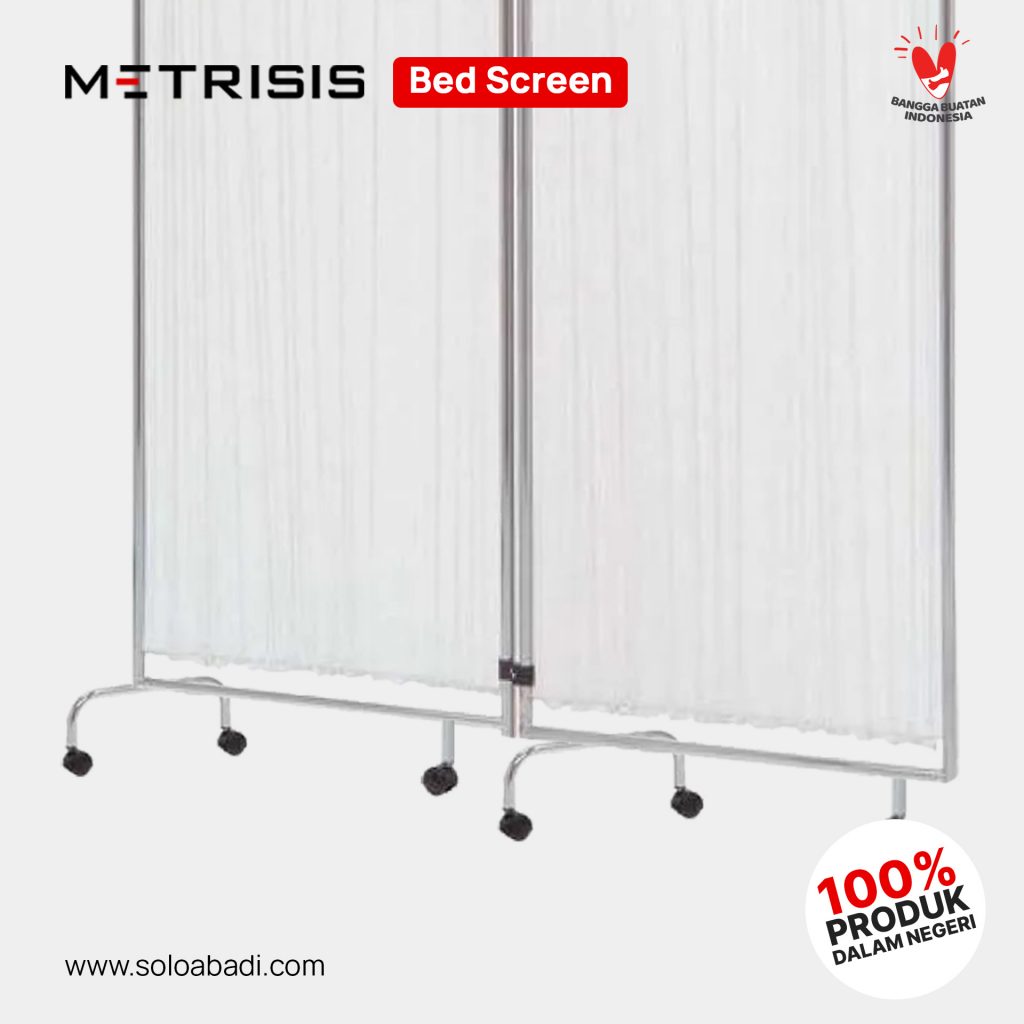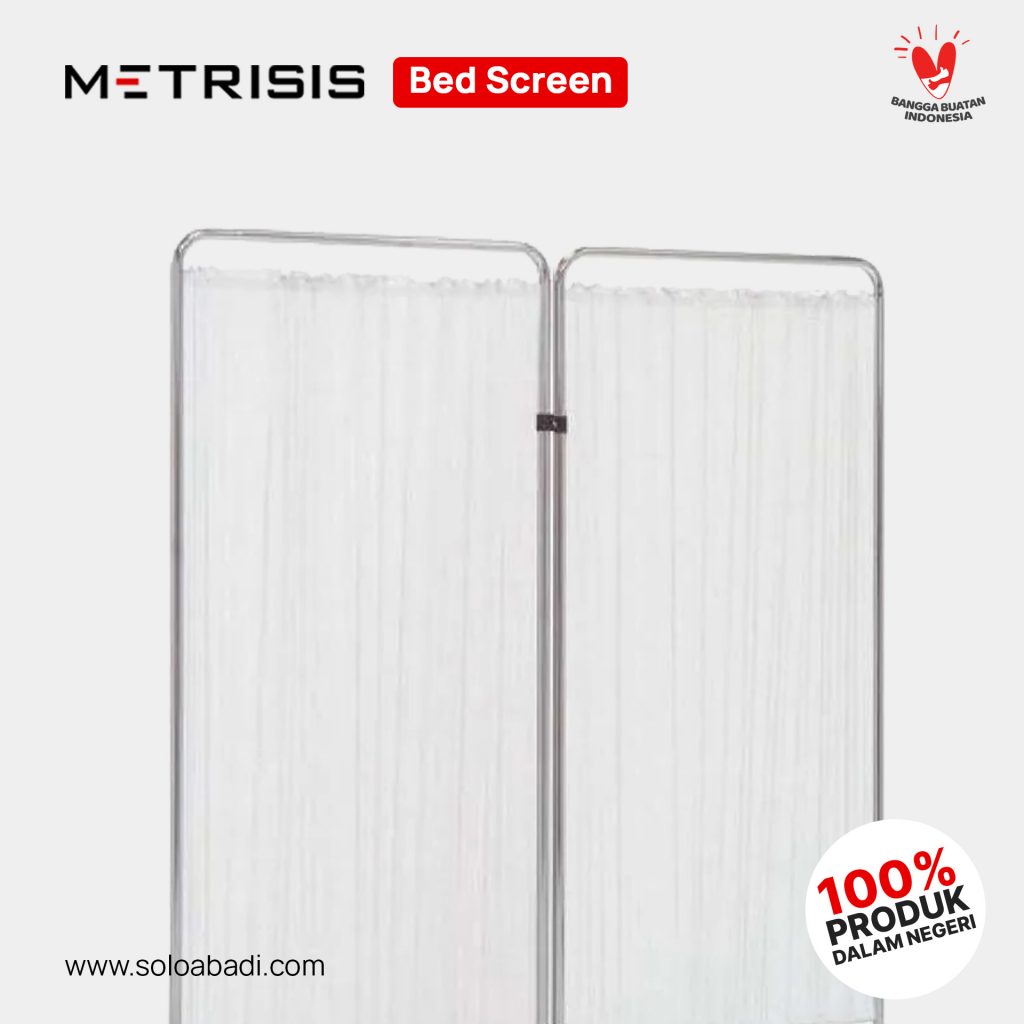Hospital curtains may seem like a simple, everyday part of healthcare settings, but they serve several crucial functions that go beyond just adding a bit of color to a clinical environment. These curtains play a vital role in patient care, privacy, and infection control. Understanding their purpose can help us appreciate their importance in creating a safe and efficient healthcare environment.
What is Hospital Curtains?
You probably see a lot of curtains while visiting your sick family or colleagues in their room, but do you know the purpose of those hospital curtains?
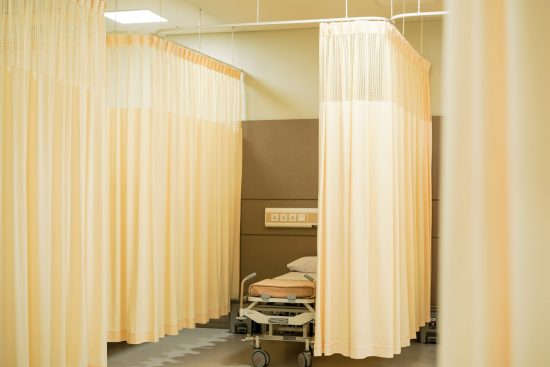
Hospital curtains are specialized fabric barriers used in healthcare settings to provide privacy, reduce noise, and create separate spaces within patient rooms, emergency departments, and treatment areas. They are often installed on tracks mounted to the ceiling, allowing them to be easily drawn around a patient’s bed or examination area to offer privacy during medical procedures, consultations, or rest periods.
Types of Hospital Curtains:
- Cubicle Curtains: Typically used to create private spaces in shared rooms. These are the most common type of hospital curtains.
- Shower Curtains: Used in hospital bathrooms to provide privacy and prevent water from splashing outside the shower area.
- Antimicrobial Curtains: These are treated with antimicrobial agents to reduce the risk of spreading infections, a crucial feature in healthcare environments.
- Disposable Curtains: Often used in high-turnover areas or during outbreak situations. They can be easily replaced to maintain hygiene standards.
Features of Hospital Curtains:
- Fire-Resistant: Many hospital curtains are made from fire-retardant materials to meet safety regulations.
- Antimicrobial Properties: These curtains are treated to resist bacteria, mold, and mildew growth.
- Durability: Designed to withstand frequent washing and heavy use.
Importance of Hospital Curtains
1. Ensuring Patient Privacy
One of the primary purposes of hospital curtains is to provide privacy for patients. In a shared hospital room, patients often need to undergo examinations, procedures, or simply have private conversations with healthcare providers. Hospital curtains act as a physical barrier, ensuring that each patient’s dignity is respected by shielding them from the view of others. This privacy is essential for maintaining patient comfort and trust in the healthcare system.
2. Enhancing Infection Control
Hospital curtains also play a crucial role in infection control. Many healthcare-associated infections (HAIs) are transmitted through contact with contaminated surfaces. To mitigate this risk, hospital curtains are often made from antimicrobial materials or are treated with antimicrobial coatings that help reduce the spread of harmful pathogens. Regular cleaning and maintenance of these curtains are essential to ensure that they remain effective in preventing the transmission of infections within the hospital environment.
3. Facilitating a Comfortable Environment
Hospital environments can be stressful for patients and their families. The use of curtains can contribute to creating a more comfortable and less intimidating atmosphere. By allowing patients to control their personal space, hospital curtains can help reduce feelings of vulnerability and anxiety. Some hospitals even choose curtains with calming colors or patterns to further enhance the therapeutic environment.
4. Assisting with Efficient Space Management
Hospital curtains are also practical tools for space management. They allow healthcare providers to quickly and easily partition spaces, creating makeshift rooms or treatment areas when needed. This flexibility is particularly important in busy hospitals where patient admissions can fluctuate rapidly. Curtains enable hospitals to maximize their available space while ensuring that each patient receives the care and attention they need.
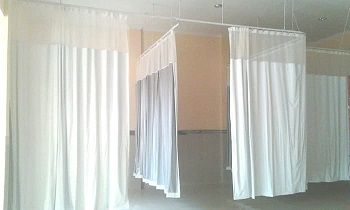
5. Supporting Confidential Communication
In healthcare, effective communication between patients and providers is essential. Hospital curtains help ensure that conversations about diagnoses, treatment plans, and other sensitive matters can take place without being overheard by others. This confidentiality is a key component of patient rights and is critical to maintaining the trust and openness necessary for effective care.
In summary, hospital curtains play a vital role in maintaining patient privacy, hygiene, and efficient space management in healthcare facilities.
Best Hospital Ward/Curtains to Improve the Quality of Hospital’s Room
Metrisis – Bed Screen produced by PT Solo Abadi Indonesia, this bed screen is the ideal option for enhancing hospital furnishings. Crafted from high-quality stainless steel, it ensures durability.
Also Read: Latest Folding Wheelchair Prices by Metrisis
The removable cloth facilitates easy cleaning and storage, maintaining optimal hygiene standards. Here’s the product details:
Contact Us to Acquire Medical Equipment Products
Obtain and purchase Ministry of Health standard medical equipment at competitive prices from Solo Abadi by contacting our admin. For immediate assistance, you can also contact us directly via WhatsApp. We are ready to respond promptly to your inquiries.

